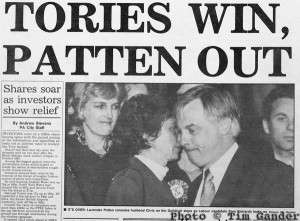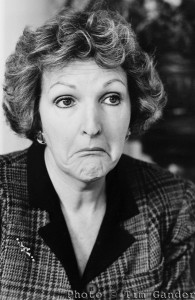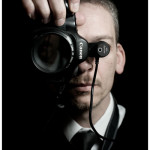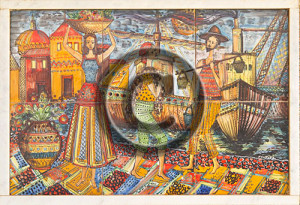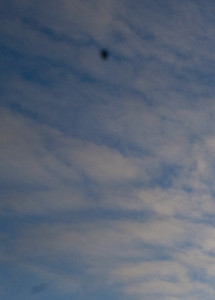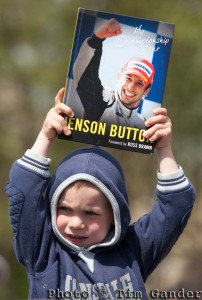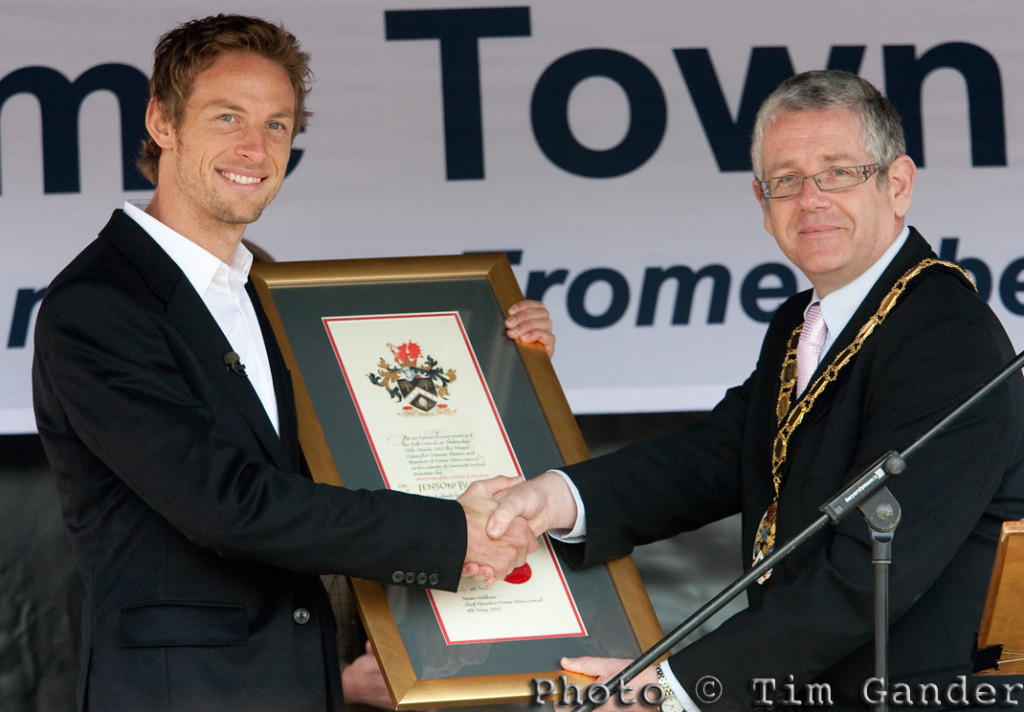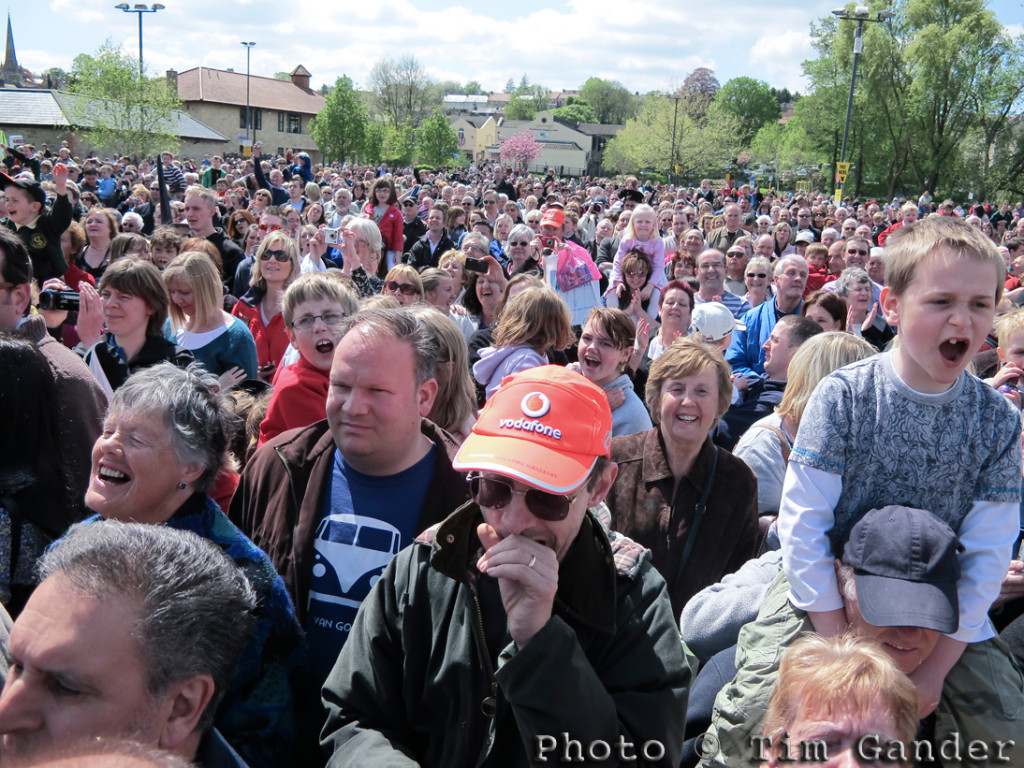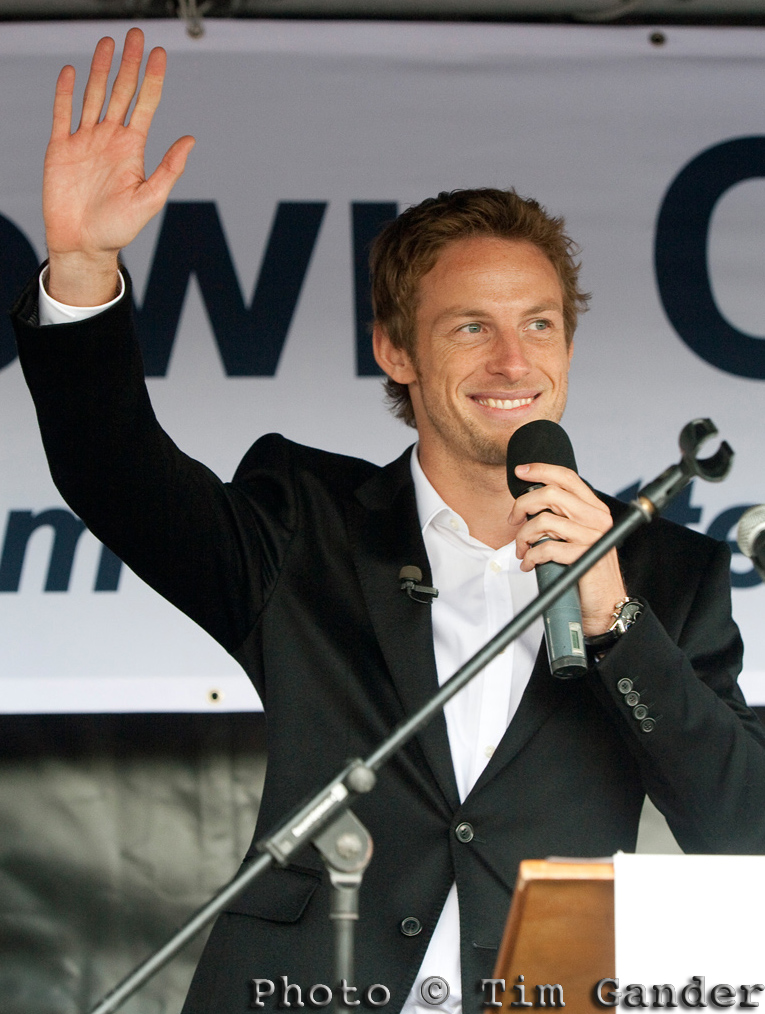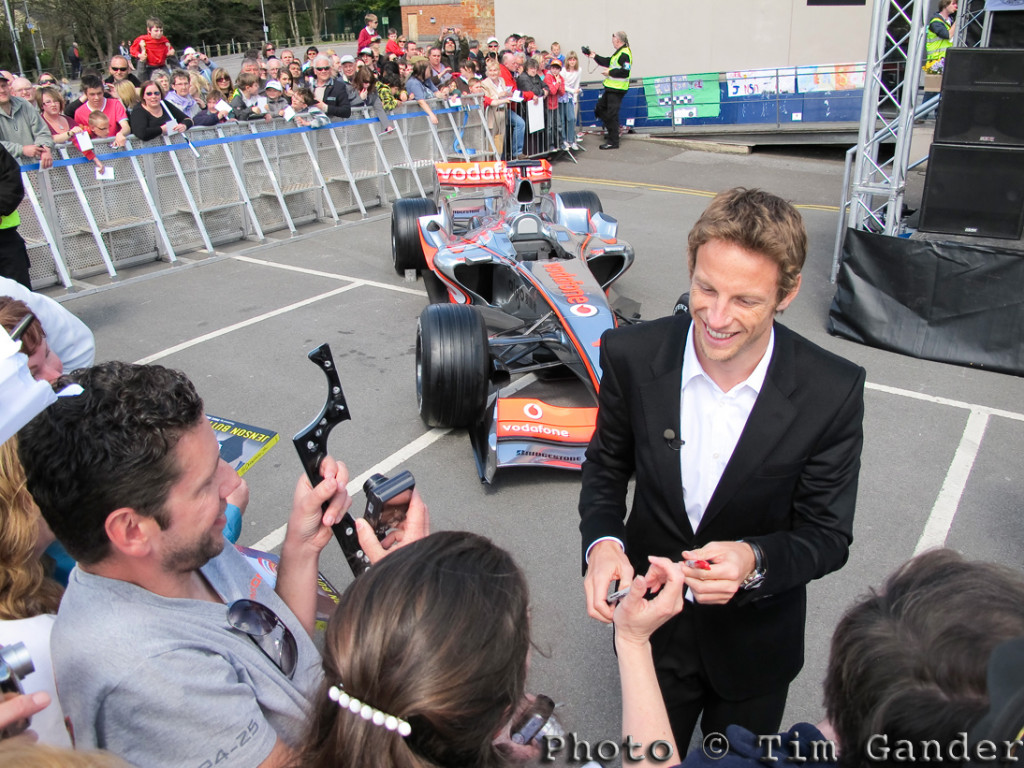I don’t much enjoy trying to answer that question (especially when it’s asked like that), but since it’s a question I get asked, well sometimes at least, I thought it might be an idea to do an article on it.
Probably the simplest answer is that I tend to like whichever was the best photo from my most recent assignment at the time of asking. I do tend to prefer more recent work, perhaps because with every brief, with each new location, there are challenges to be met and overcome and I still love to learn something new from each shoot. And maybe it’s that having a press background, I tend to see older work as having passed its sell-by date.
Of my press photography, I’d still say my favourites are my photo of Tony Blair campaigning in Oldham in 2001 and the portrait of Tony Benn in Bath. Those pictures seem to sum up the evangelical character of the former prime minister, while the other sums up the thoughtful, statesmanlike manner of Mr Benn. More recently, the unguarded shot of Richard Noble of the SSC Project pleased me in its informality and got a decent showing in Director magazine
When I look at my recent commercial photography, I’m often drawn to the simple, relaxed corporate portraits, especially where I’ve captured something of the subject’s character, but I also have a fondness for the beekeeper portrait, which was not only tricky to light, but was tricky to shoot since I was in full protective gear and surrounded by bees at the time. The beekeeper was a decent chap too, and gave me some honey after the shoot. Of course, what’s important is how the photo looks, not what was involved in getting it to look that way, but each picture has an emotional attachment for the photographer, which is why we’re often the worst judges of our own work.
Looking at my gallery of public relations photography, I’d single out the portrait of the barbary lion, partly because he’s so handsome and also because everyone who sees that photo reacts with a “wow” or similar, which is always encouraging.
Apart from the lion, I’m quite fond of the PR photo which I took for the Organic Milk Suppliers Cooperative. The idea of making it look as though the fridges in the middle of a field might actually be working tickles me, and adds an extra dimension of interest to the shot.
There are many photos and assignments I’d rank as favourites, but going back beyond the last 12 years leads me to that period when I was a staff photographer, so don’t have the copyright in those shots, which means I can’t publish them here.
There’s the shoot I did in Norway with the Royal Marine Reservists, which included a striking shot of a marine bursting up through freezing lake water during a survival exercise, his shocked expression and the water droplets cascading from his hair making it almost uncomfortable to view the photo. Or the single frame I managed to get of HM The Queen arriving at Portsmouth Harbour train station on a drizzly night, simple headscarfe and clearly not expecting a photographer, though smiling all the same.
Delving even deeper into the past, I’ve featured here a couple of favourites from the very beginning of my career, when I freelanced for the Bath Chronicle. Now I think about it again, it isn’t just my recent work I’m happiest with. I think I have some pretty cracking older shots too…
How about you?
Whether you’re a professional or amateur, do you have a favourite of your own? Or perhaps there’s a photographer you admire, or a particular photo that sticks in your mind. Feel free to share your thoughts in the Comments section below.

